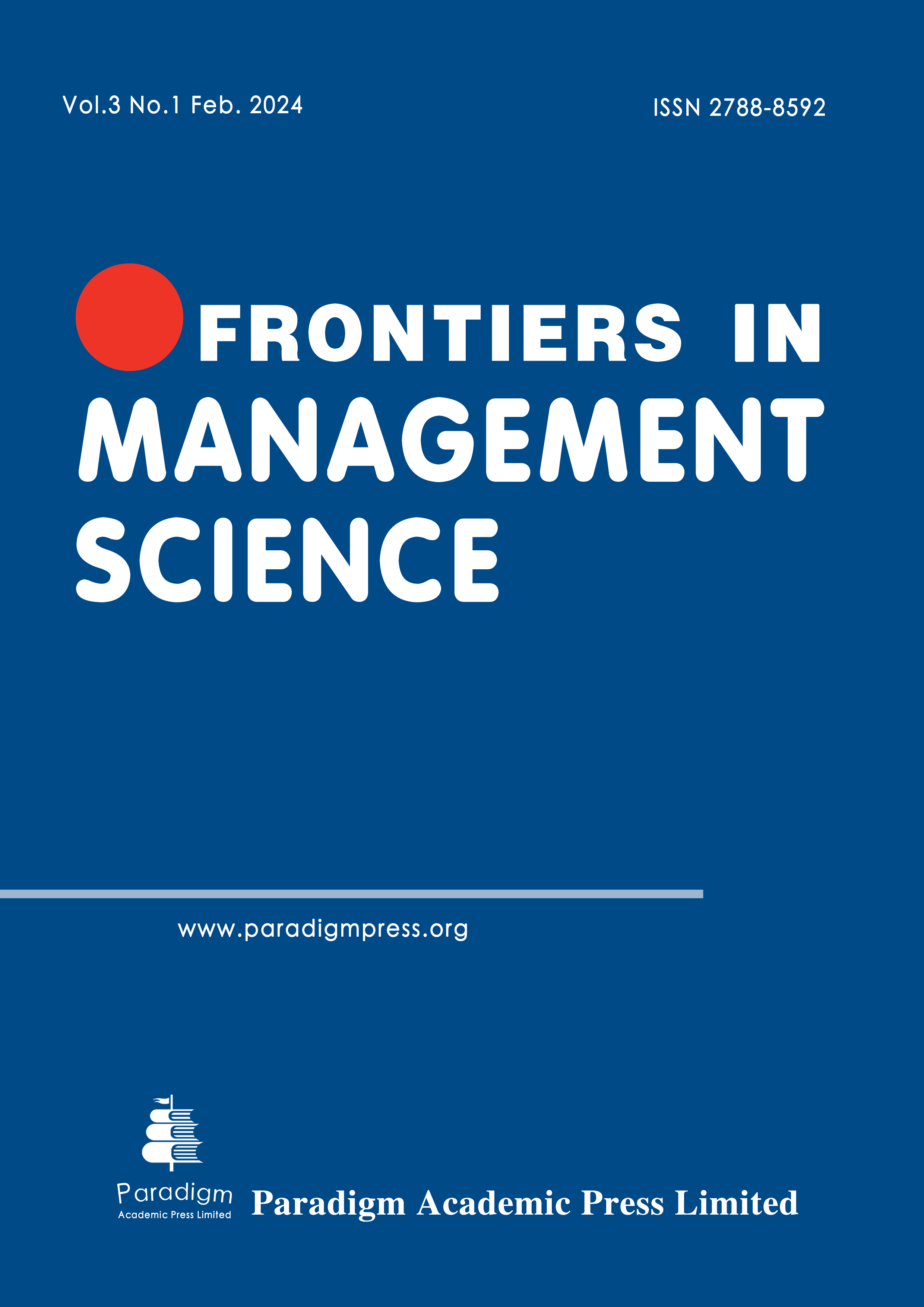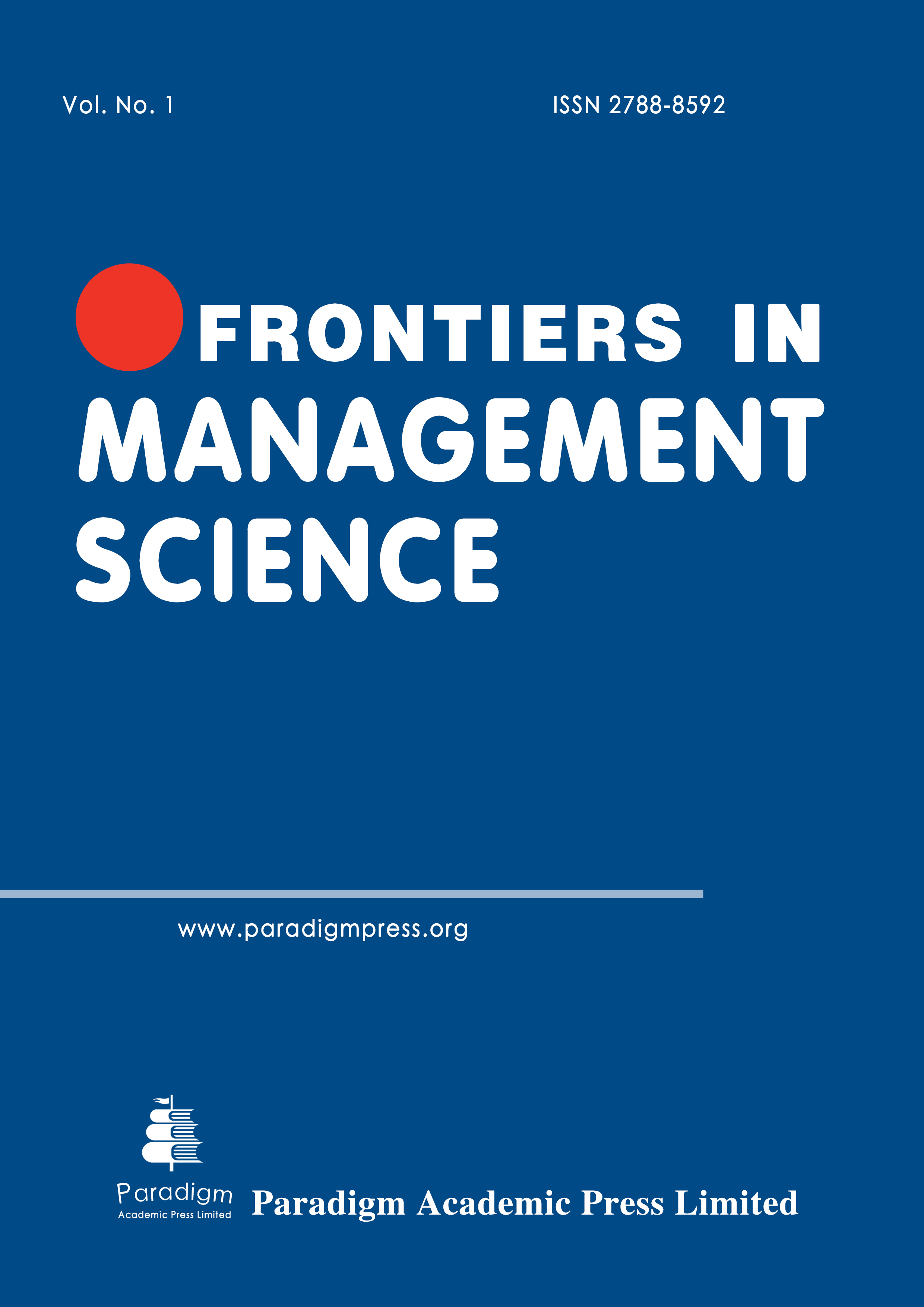Can Green Finance Reform and Innovation Pilot Zones Promote the Operational Efficiency of Commercial Banks? — Empirical Research Based on 40 Commercial Banks in China
Keywords:
green finance policy, operational efficiency, commercial bank, DEA-Malmquist model, DID modelAbstract
The Chinese government is placing significant emphasis on green development. From 2017 to 2021, the central and local governments in China established 9 green finance reform and innovation pilot zones in 6 provinces to explore the pillars of China’s green finance system. Although these zones and related policies have been proven advantageous for innovative manufacturing enterprises and environmental quality, the impact on commercial banks, pivotal players in China’s green finance landscape, has been understudied. This paper employs the DEA-Malmquist and DID models to investigate the impact of pilot zones on the operational efficiency of commercial banks. The results indicate that the establishment of pilot zones significantly improves banks’ operational efficiency, and the mechanisms are reducing non-performing loan rates and increasing green credit balance. In addition, state-owned banks have benefited more. Further research shows that the improvement mainly comes from increased pure technical efficiency, due to better management practices and resource utilisation. These findings can be used to evaluate the impact of the government’s green finance policy on the operation of commercial banks.



